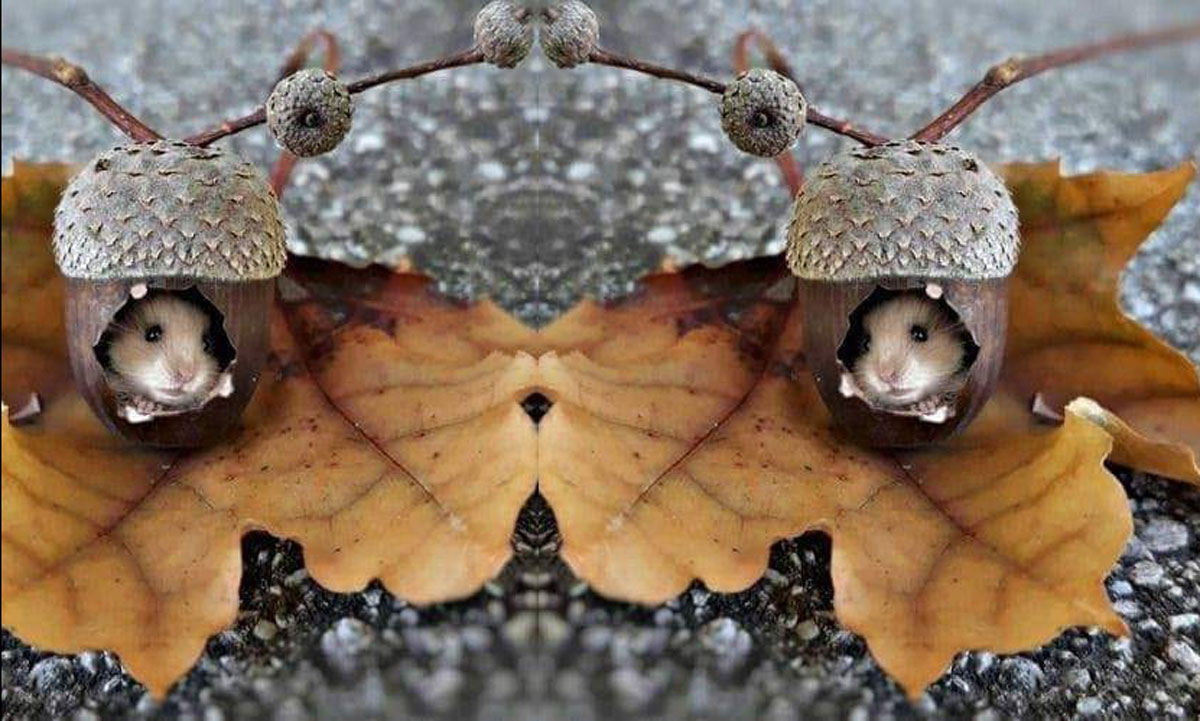
Humans have a special connection with animals, as countless web lovers of dogs, cats and scorpionsMay be a little less for scorpions clearly demonstrate. U.S. paleoanthropologist Pat Shipman is deeptly interested in the tight bond that unites us to the animals. She infers new hypothesis about human nature and the evolution of our species: analysis and debriefing.
Science and Tradition
Pat Shipman noted that human-animal relationship goes well beyond simple affection. According to her, it is a process unique in the animal kingdom – an extremely ancient interdependence who played “a crucial and beneficial role over 2.6 million years of evolution of the species human.”
I am pleased to note in passing that daring paleoanthropologist drastically revise the age of our species, and in the right direction, that of tradition.
Mainstream science dated Homo sapiens a small million years … while tradition evidenced his presence long before. This bold step off the beaten trails of paleoanthropology make us hope that one day even the scientists eventually admit the great antiquity of man. It was high time.
Intimate Connections
Back to the starting point of Pat Shipman: “Establishing an intimate connection with other animals is a unique feature and universal to our species,” says she. How comes that we are so attached to all animals? Pat Shipman advanced another dominant characteristic of our species: tend to feed members of other animal species. (Source)Pat Shipman, Current Anthropology Review, August 2010
Quite against-productive: “No other mammal in nature systematically adopts other species – as does the human species,” said Shipman. “Every bite you give to another species is a mouthful that your own children will not eat.” According to the law of the jungle, fighting for survival and survival of the fittest, the care of another species are inadequate, why humans do it? Perhaps because they are not just animals, but that Pat Shipman has no right to consider as part of his research in paleoanthropology. That the observer can influence the outcome of the experiment does not seem to touch a moment. Yet this is a major discovery illustrated by quantum physics.
On the other hand, raising, feeding and domesticating animals of another species is not at all limited to humans. Termites and ants, for example, raise aphids they carry on plants and milk like cows to harvest the honeydew that feed their larvae. But this consideration escaped Pat Shipman’s attention.
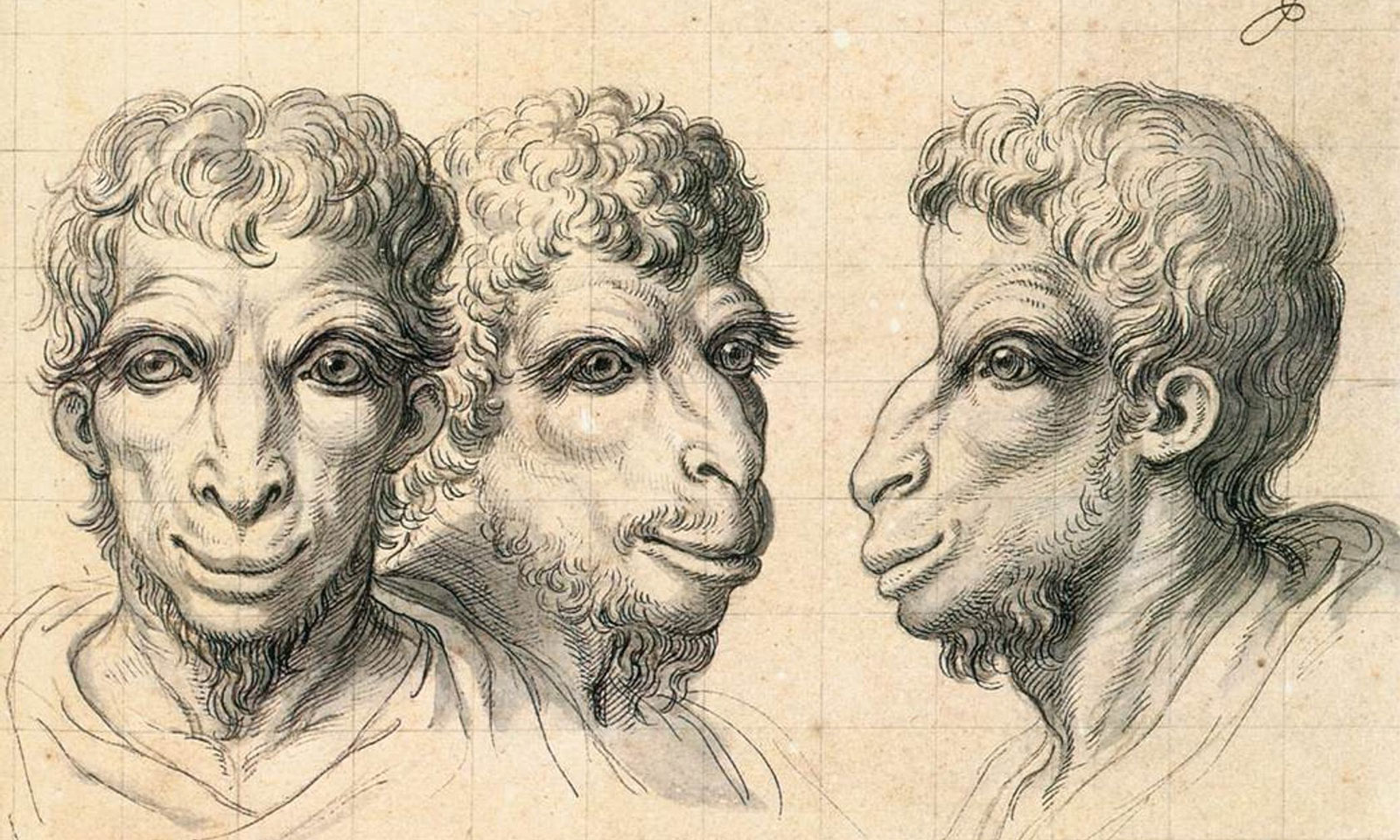
From Animal To Human
Another forgotten fact, even more disturbing: the link between man and animal has its very real counterpart, namely the link between animal and man. We remember the film The Wild Child, inspired by a real fact. An abandoned child in the wild is raised by an animal female, a bear, a lioness or a wolf, like Romulus and Remus. In The Jungle Book, Rudyard Kipling’s masterpiece, baby Mowgli is raised by Baloo bear, Bagheera panther and other big cats. More recently, in the United States, a lost child has been helped spontaneously by a bear. (source) Actually this anthropologist has skipped a lot of essential data, which would have led her to more discernment. Her analysis would have gained in accuracy and conviction.
It is imperative that humanity form a new way of thinking to survive and reach a higher plane. (Albert Einstein)
Predators
“The cutting tools have transformed human ancestors in effective predators, as evidenced by the numerous cuts on the fossilized bones of their prey,” she wrote. Becoming predators, our ancestors found themselves in direct competition with other carnivores who fought for their carcasses and prey. As Shipman explains, those of our ancestors who have studied human prey had more meat than others. “Those who have observed the behavior of their prey and potential competitors have added a double evolutionary advantage for natural selection,” she said. (source)Pat Shipman, loc. cit.
It’s interesting but short sighted: the inner vision of neolithic culture escapes completely. This is how knowledge has advanced human intelligence. An interesting opinion which, for the moment, is based only on gratuitous convictions: the inner vision of rock culture completely escapes him. The mythologies unanimously affirm that we were formed, taught, instructed by higher beings. In keeping with the principles of entropy, it means that our distant ancestors were more educated than we are. More able to survive. More inventive. Shipman and his fellows all believe in progress, when there is only decline.
Prehistoric Art?
But she has not finished yet. Over time, Shipman explains, the volume of information collected on animals has increased, and the evolutionary advantages to transmit this knowledge. Language has evolved in parallel, becoming a means of communicating information through symbols. “Although we can not know the original use of language, however, we get an idea through prehistoric art. Almost all rock paintings and engravings represent animals.” (source)Pat Shipman, loc. cit.
There is no prehistoric art. The modern notion of art, do pretty, decorate, was foreign to the Adams, old and new. Concrete, effectiveness, wisdom, spiritual elevation, these seem to have been their concerns. The notion of symbol, in particular, which is so important nowadays, was totally foreign to them.
Symbolism? The wisdom of morons. What remains when everything is forgotten. (Lao Surlam)
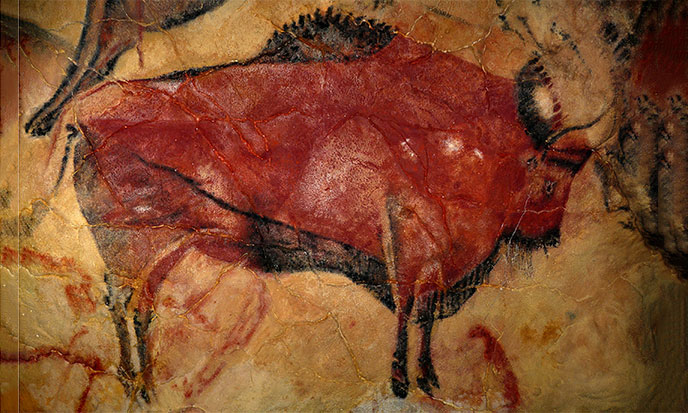
Primitive, really?
It is true, as evidenced by the cave paintings of Lascaux, Altamira – or Göbekli Tepe, the oldest temple in the Mediterranean, with its many stelae decorated with animals only. One may wonder why our ancestors never represented other vital topics such as edible plants, water, tools and weapons, and human relations. These topics are almost never mentioned in the rock art.
Human representation limited most often at the hands dipped in paint and pressed onto the wall.
It looks more like signatures than actual drawings. Not more than the absence of human scenes or tools, this omnipresence of animals does not indicate that the primitive language of our ancestors was animal, based on the imitation of animal cries, or other nonsense of the same kind.
Who can say that their customs, their language or their clothes were primitive? For my part, I believe that our Neolithic ancestors lived much like us, comfort and technology included. The cliché of big hairy guys wrapped in buffalo robes does not fit the graphic control and aesthetic refinement shown by painters of Altamira.
There are only two things that are infinite, the universe and human stupidity. But for the universe, I have no absolute certainty. (Albert Einstein)
Idiosyncrasies
Pat Shipman ignores the essential: we can not analyze the cultural productions of an unknown era without first getting rid of our contemporary uses, habits and preconceived ideas coming from our temporal, geographical, social and cultural origins.
She forgets, inter alia, that the rock art is not art. The cave paintings are neither decorative nor hobby, it is sacred magic, shamanism. Graham Hancock took over the old analysis: one day, it was necessary to transform wild animals into domestic animals. And to tame animals, to come to terms with collective souls of each animal species that the neolithic shamans made these magical paintings.
Faithful servant in the system, Pat Shipman has a much more prosaic view of animal domestication: forced to observe wild animals, she said, the men began to feed them – it was the first stage of domestication. And the dog, she added, the first conquest of man, was a wild wolf domesticated about 32,000 years ago. Observing wildlife is one thing, feeding predators is another. Why would our ancestors start feeding wolves? It is frankly not the most friendly animal.
Neolithic saw a great wave of animal domestication. Did our gifted masters manipulate the genetic species, as they have done to create us? After being hunter-gatherers for long centuries, suddenly our ancestors engage in agriculture and livestock. But to raise cattle, you must have first domesticated animals that will be the first herd.
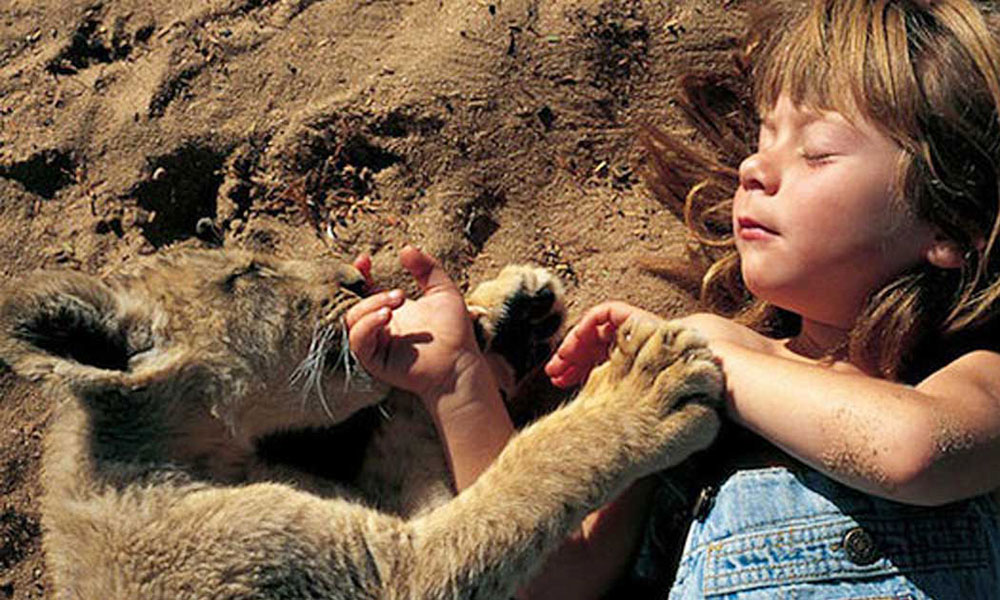
Mythology Answers
Where domestication began? Who started it? The various mythologies give us answers that Pat Shipman absolutely ignores. The paleoanthropologist imagines that the first tamed animal was a wolf, immediately used to guard the camp. Untrusted statement: Were the Neolithics that primitive? I doubt it. Instead of talking about camp, the paleoanthropologist would do better to talk about village. Villages without fortifications, freely open to the countryside, which therefore had no need to be guarded.
It seems that the period of domestication of animals was a period of peace and prosperity. Thus, the study of human habitats of the Neolithic shows a total absence of fortifications. Nothing tells us that Neolithic men needed domestic wolves to defend themselves, everything suggests the opposite.
On the other hand, how to explain that some wolves became dogs when others remained wolves, fierce enemies of man? Domestication is also not enough to explain how the auroch turned into a cow. It seems simpler to consider genetic modifications that resulted in peaceful breeds, genetically programmed for domestication.
Twain the Whale
We remember Barbet-Schroeder’s documentary, Koko the talking gorilla, and the courageous experiments of the American primatologist Dian Fossey with the gorillas of Rwanda. She is the author of a book of memoirs, Gorillas in the Mist, which was the subject of a film adaptation in 1988 where her role is played by Sigourney Weaver.
But this time, they are no longer large primates, but large cetaceans: the heroine is a humpback whale named Twain. Scientists conversed with this whale in the middle of an inlet to the coast of Alaska. The dialogue comes down to a series of guttural sounds. But all the same, the teams of researchers tell this «rare and opportunistic acoustic exchange» in an article published in November in the journal PeerJ, scientific journal of biology and medicine.
The experience dates back to an August 2021 morning. In southeastern Alaska, towards the Five Fingers Islands, Twain, a female humpback whale about 38 years old, advances within 100 meters of the research vessel Glacier Seal and encircles it. Using an underwater speaker, scientists broadcast a greeting signal in the water, recorded the day before in the middle of a group of whales. After two attempts, the cetacean answers the call for the first time. This is followed by a 20-minute sound exchange. The study of signals from non-human animals sheds light on our search for non-human intelligence, with the ultimate hope of deepening the relationship between man and animal,’ the scientists add. (source)
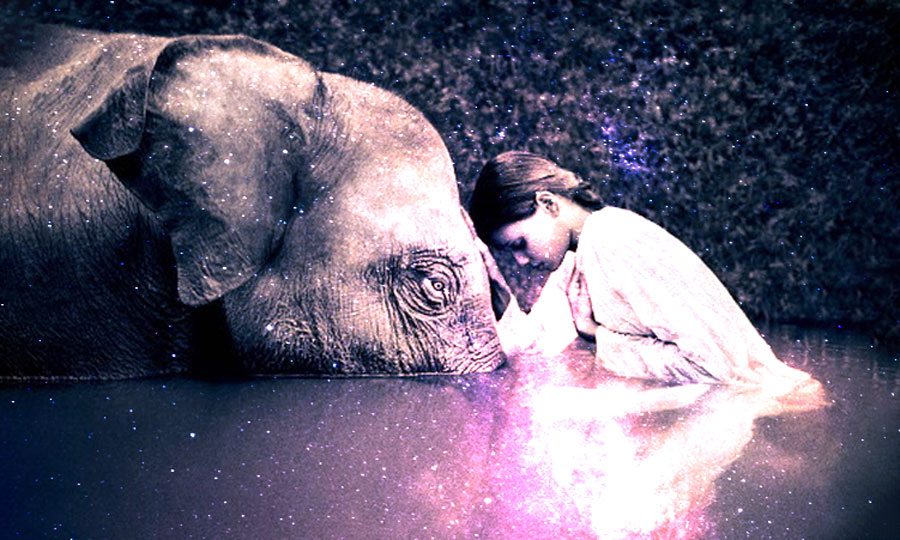
Gas Works
In short, the Shipman theory becomes a gas works whose details I pass on. This example chosen among a thousand shows well the impasse where the sciences of man are engaged, which have no more science than the name. Opinion and trick replace true study, which should begin with that of mythologies, ancient myths, whether religious or not. All the wisdom of the world is contained in it.
It is true that the university mandate imposes a narrow framework on researchers. Blind and constraining, these constraints prohibit any real discovery. The theories that the young researchers are struggling to build must sink into an idiot model, but unavoidable. Which inevitably makes them unproductive. So the researchers are forced to sink into a mold that they find stupid. So they invent tricks to say what is expected of them while suggesting the opposite. From the reactionary point of view of the university, they are above suspicion. But they expressed their true ideas anyway.
Is this Pat Shipman’s hidden behavior? For her domestication comes from a necessity. She clings to a human vision, too human. Shipman uses an outdated theory, that of animal tools: the wolf has undeniable qualities to protect property and people. Okay, but no wild wolf show that. How men could they know before a first domesticated wolf? Moreover, the study of human settlements from the Neolithic shows a total absence of fortifications. It seems that the period of domestication of animals was a period of peace and prosperity. No sign that Neolithic men have needed domestic wolves to defend their resort.
On the contrary, every sign suggests otherwise.
Children & Animals
As always in kaliyuga, kaliyuga, science is opposing tradition. Here the tradition proposes to reverse the approach. Who are our distant ancestors? We are dealing with hunters, wolf killers. Many times, I guess, a wolf was killed when her cub was not yet old enough to feed herself. What if the desire to feed a wild animal had first come to a child, unarmed, but full of love? What if the first domestic dog was a cub rescued by a little man? What if love, not interest, brought children closer to wild animals? Anyone who has seen a young shepherd of goats or geese has understood that between man and animal, true language is silent, it comes from the heart.
Domestication of animals does not come from man, but from the child. It was not motivated by interest, but by love. Let’s be clear: this is not an ego battle between this anthropologist and me. The stakes go far beyond our personal differences. If I have good reason to believe that animals were united to men by love and not by interest, it is because tradition taught me so. And the experience confirmed it.
The Light will come through the door of Dream – and Joy will smile.
